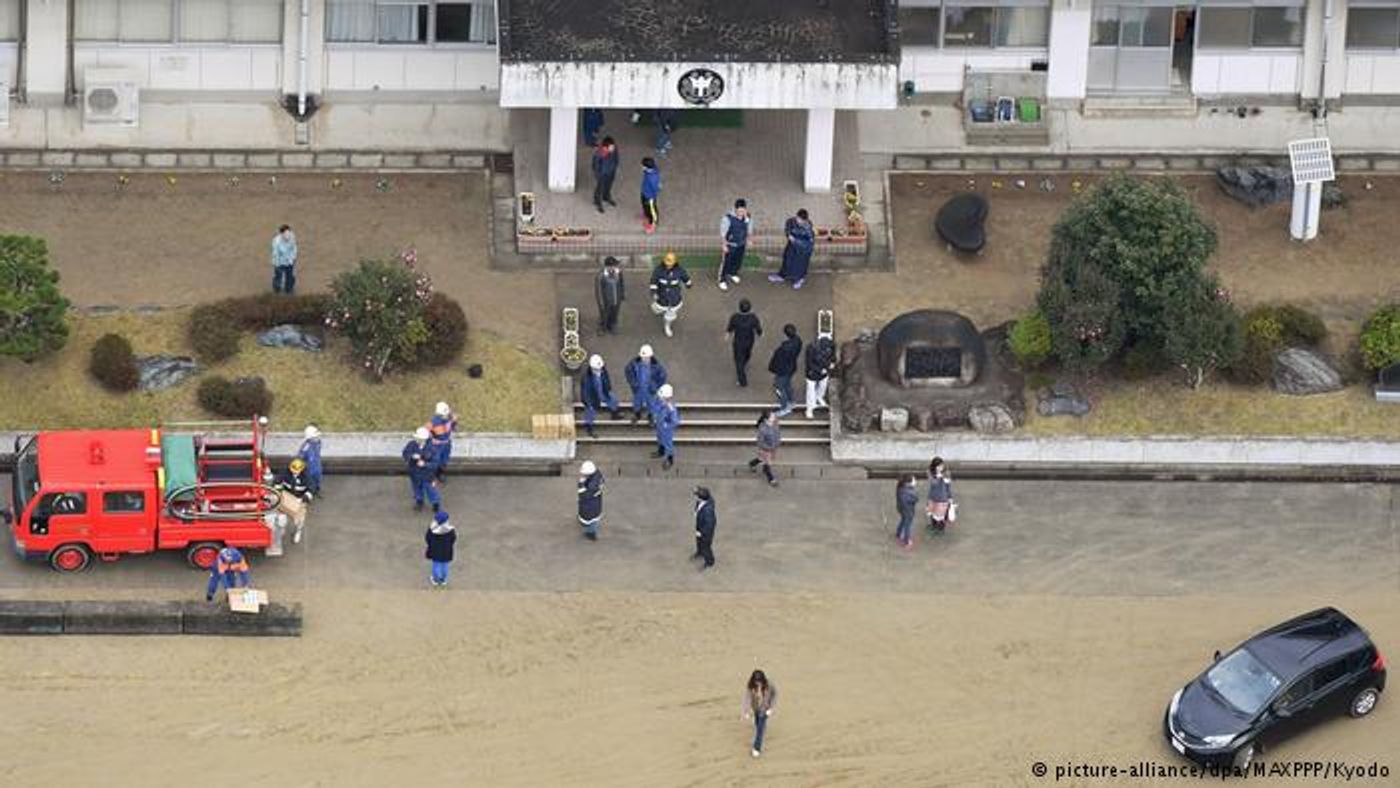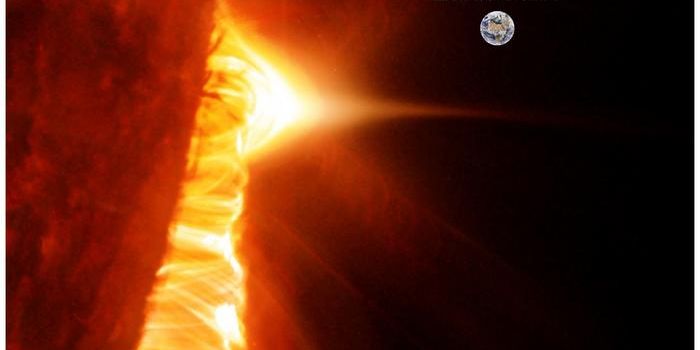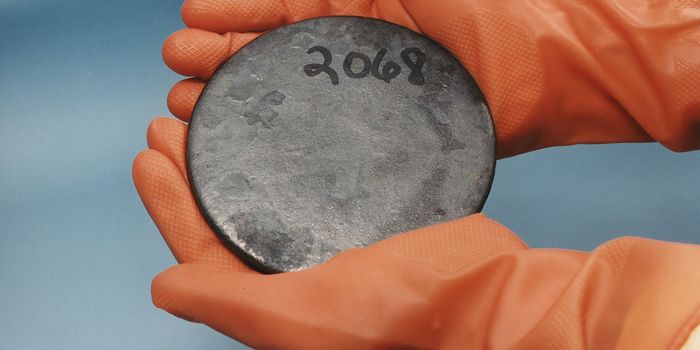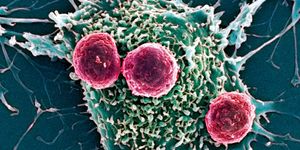The earthquake that struck the east coast of Japan off the coast of Fukushima at 5:50 local time was initially measured as a magnitude 7.3, which the Japan Meteorological Agency has since revised to a magnitude 7.4 (this differs somewhat from the US Geological Survey’s assessment of the quake as a smaller magnitude 6.9). No deaths or major damage have been reported, but transportation was disrupted and residents of low-lying areas were advised to evacuate. The quake was felt in Tokyo, about 150 miles away.
The Japan Meteorological Agency said the quake was an aftershock of the magnitude 9 earthquake that caused a devastating tsunami in the region in 2011. It warned another large quake could strike in the coming days and urged residents to be cautious for about a week. Additionally, the Japan Meteorological Agency had issued a tsunami warning for Fukushima and Miyagi prefectures, parts of which are still recovering from the 2011 quake and tsunami.
Even small tsunamis can generate dangerous currents, as Gerard Fryer — a senior geophysicist with the National Oceanic and Atmospheric Administration’s Pacific Tsunami Warning Center — explains. “It’s like a riptide that changes direction every 15 minutes, or maybe faster than that,” Fryer says. You wouldn’t want to be in a car, swimming, or walking anywhere near those currents when they rushed in. The waves and currents caused by big tsunamis can batter a coastline for as long as a day, but this tsunami wasn’t big enough to last that long, Fryer says.
However, the warnings have now been lifted, and although it’s still early, it seems that today’s quake didn’t cause significant damage. The Verge reports that it did, however, provide a useful test of systems established since the 2011 temblor, according to Fryer. Computer programs are constantly monitoring the measurements recorded by seismometers deployed worldwide, and raise a flag when they detect shaking. The Pacific Tsunami Warning Center knew within a minute that there had been a quake, and in Japan they got a message out within three to four minutes, Fryer says.
Japan’s Fire and Disaster Management Agency said the seriously injured included two women in their 80s and another in her 60s with broken bones, while Fukushima prefecture said an elderly woman was hit in the head by a cupboard and a man was wounded in the knee by glass shards while struggling with falling furniture, the Associated Press reported.
The Tokyo Electric Power Company, or Tepco, reported that a cooling system in one of the reactors at Fukushima Daini, a nuclear facility not far from the ruined Daiichi plant, had stopped but said there was enough water in the reactor to keep the 2,544 spent fuel rods cool in the short term. But the utility later said the system had resumed operations after 90 minutes. According to The New York Times, The Fukushima Daini power station, about seven miles south of Daiichi, has not produced electricity since the 2011 calamity, in which it suffered earthquake damage. Most of Japan’s nuclear power plants have been shut down since soon after the disaster amid public concern about their safety. Fukushima Daini’s reactors are turned off, but the plant still has uranium fuel in a storage pool that must be kept cool by pumping water through the reactors.
Sources:
USGS,
The Verge,
The New York Times,
USA Today









